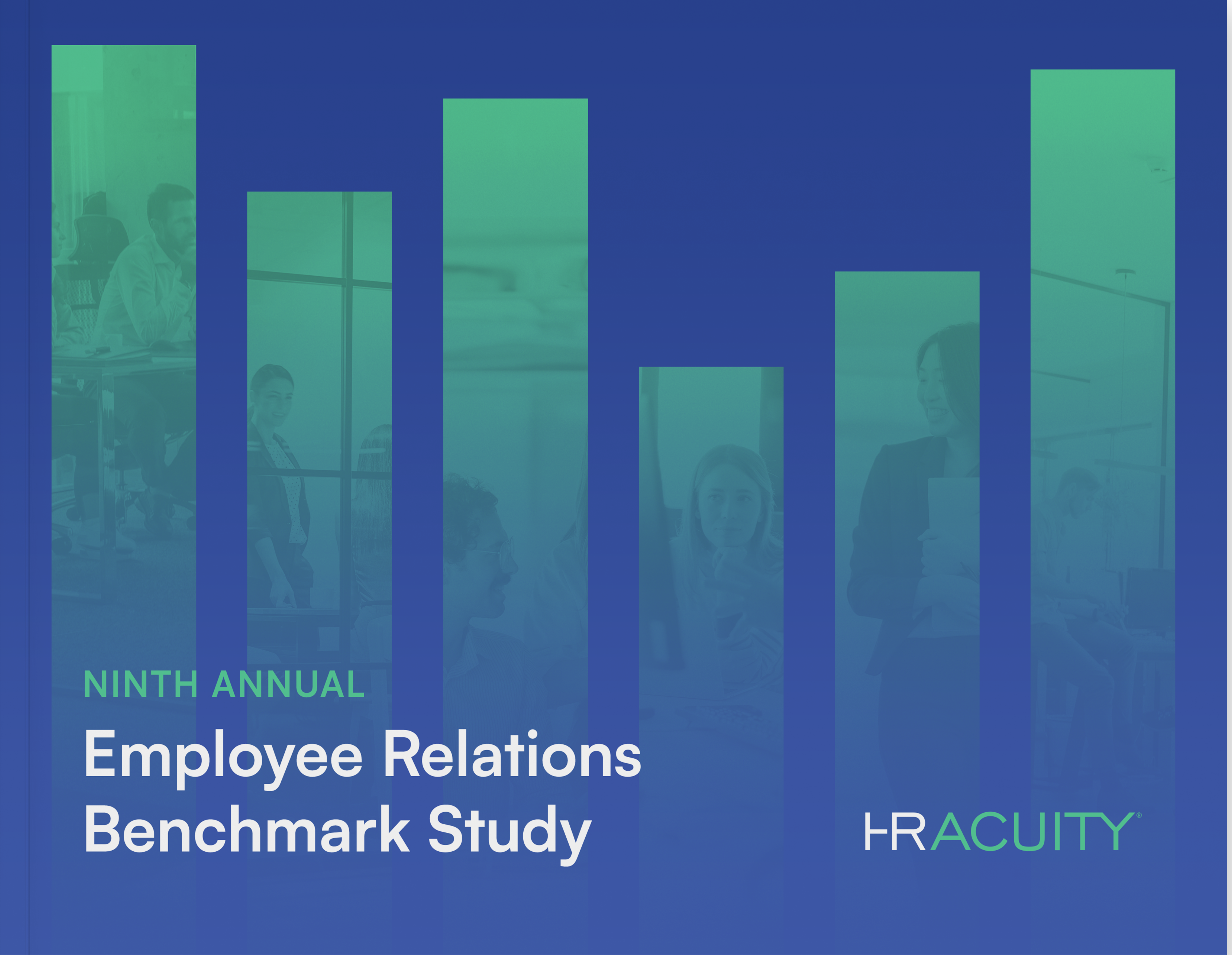At the start of a recent training class I led on investigation skills, I asked the participants to share what their biggest challenge was when conducting investigations. Several class members stated that they didn’t know how to handle “he said, she said” situations. How could they make a determination on an allegation when it was just one person’s word against another?
At the end of the session, I considered whether I had provided them with the tools to make such a determination since my training didn’t include a specific set of slides or talking points directly addressing this dilemma. Was this something I missed? Did I need to modify the curriculum?
The more I contemplated, I realized that the reason I had never isolated the “he said, she said” situation (or “she said, she said,” or “he said, he said”) as requiring special attention was because it’s never as simple as that; there’s always more to the story.
To say that you can’t figure it out, that you can draw no conclusions because no one else was present to witness a situation in a workplace investigation is just not OK. A thorough investigator has the responsibility to analyze the facts as uncovered, assess the credibility of the parties involved and come to some reasonable determination – even in a “he said, she said” situation.
In today’s digital and complex world, it is highly unlikely you will be truly faced with investigating one person’s word against another’s without any other stitch of facts. Keep in mind, when you are conducting a workplace investigation, your determination of whether an allegation has merit has to be based upon the preponderance of the evidence. In other words, is it more likely than not that the incident occurred? The beyond a shadow of a doubt does not apply. What it will require from you as an investigator is to take a closer look, dig a bit deeper and be willing to assess the credibility of the individuals in the situation.
Let’s say Will alleges that supervisor Sarah has been making inappropriate advances to him during their weekly one-on-one meetings. Will is very uncomfortable and has told Sarah that he is not interested but she continues to pursue him and as a result, it is impacting how she is rating his performance. He is sure that Sarah will deny this when asked. According to Will, no one has witnessed these advances, and of course, he has no recording, video or written evidence. You interview Sarah and she denies these allegations contending that Will is making these claims to save his job. Classic his word against hers.
When faced with this type of situation, here are 6 credibility assessment strategies that you can employ:

Strategy One: Create a timeline of events for the alleged misconduct
Ask both parties for a specific chronology of events. For Will, when did the offending comments begin, continue, stop? For Sarah, what about Will’s performance? When did the decline begin? At what points, if any, was feedback provided? What about the timing of the complaint versus when the offending behavior began? If he waited, why? Create a timeline of events. What exactly is in conflict and how can you corroborate?
Strategy Two: Seek ways to corroborate each party’s version of what did or didn’t happen
While there may not be specific documentation related to the alleged advances, there may be other evidence to help corroborate what you have been told. For example, Sarah might have performance related documentation. If she does, how does it fit into the timeline of events? How is Sarah’s assessment of Will similar or different from other employees on her team? If she doesn’t have any documentation regarding his decreasing performance, the next question might be why?
Strategy Three: No eye witnesses? Consider and assess the credibility of indirect parties
While there may not have been witnesses to the actual event, that doesn’t mean there aren’t other people involved. To Will, did you tell anyone about this? Why or why not? If you did, when and what did they say? To Sarah, have you talked about Will’s performance concerns with your manager or someone in human resources (HR)? When? What did they say?
When you speak with these witnesses, you can assess their credibility as well while taking into account their relationship to the parties. For example, you might put more weight on a random employee who saw Will visibly upset upon leaving Sarah’s office than on his best friend who Will told about the alleged event right before he made his complaint, the former having less “skin in the game.”
Strategy Four: Does it make sense? Evaluate the logic of each party’s story during workplace investigations
To whom the parties spoke to about the situation can also be a helpful fact in considering the feasibility and logic of each party’s story. Ask yourself, does what the person is telling me make sense? For example, if Will didn’t tell anyone about the situation because he was embarrassed and thought he could deal with it on his own, that could be logical. On the flipside, if Sarah had never raised her concerns about Will’s deteriorating performance to anyone in management, you might wonder why – and you should ask.
Strategy Five: Probe for details. During investigation interviews, look for consistency or contradiction in the “facts”
When interviewing Will, does he provide specific details about the events? You would expect him to provide particulars about the remarks made (How often? When were remarks made? What was the tone used?). Probe what was said ( How did he respond? Where did it take place?) and get specific (Where were you standing? Where was she standing? What did you do when you left?).
If Sarah denies the advances, she can’t be on the hook to provide details to something she says never occurred. But she should be able to discuss in detail the content of the one-on-one meetings with Will, particularly those that were addressing his performance issues. Or if those didn’t occur when Will said they did, she may be able to provide information that would support that they never even happened (e.g., calendar, meeting notes). She should be able to provide the overall approach to these types of interactions with all of her employees. How do they compare?
For all involved parties, consider how they answer the questions. Are they being evasive or helpful and direct? What about the consistency of responses versus contradiction of facts?
Strategy Six: Utilize technology to corroborate important workplace investigation information
Even if no one was there, chances are both Will and Sarah were closely connected to technology at the time of the alleged events. Check and probe for emails, text messages and other computer records that might support one party’s statement. If any are uncovered, did the tone of the communications between the parties change at any time? How were the emails sent to Will from Sarah related to performance similar or different than those sent to other team members? Did the frequency increase or decrease? Even technology that isn’t directly related can be useful in corroborating information. Receipts, log in/log out audits, phone records, and internet history may also prove useful depending on the circumstances.
When faced with a “he said, she said” situation there will be no smoking gun. As an investigator, your responsibility is to go through a comprehensive fact-finding process, analyze and assess the information that is available and draw a reasonable determination as to what you believe occurred.
How HR Acuity Helps You Navigate Workplace Disputes with Confidence
“He said, she said” situations can be some of the most challenging cases for HR and employee relations teams. Without clear documentation and a consistent approach, these disputes can quickly escalate, leading to confusion, frustration and even legal risks. The key to resolving them fairly is ensuring every concern is properly documented, investigated and addressed with transparency.
HR Acuity’s documentation provides ER and HR teams with a structured, defensible way to track every workplace issue. By centralizing case records, automating workflows and ensuring a consistent process, organizations can mitigate risk, build trust and ensure that every situation is handled fairly and objectively.
Fair, consistent employee relations start with the right tools. Ready to learn how we do it? Schedule a Curiosity Tour with our team today.




